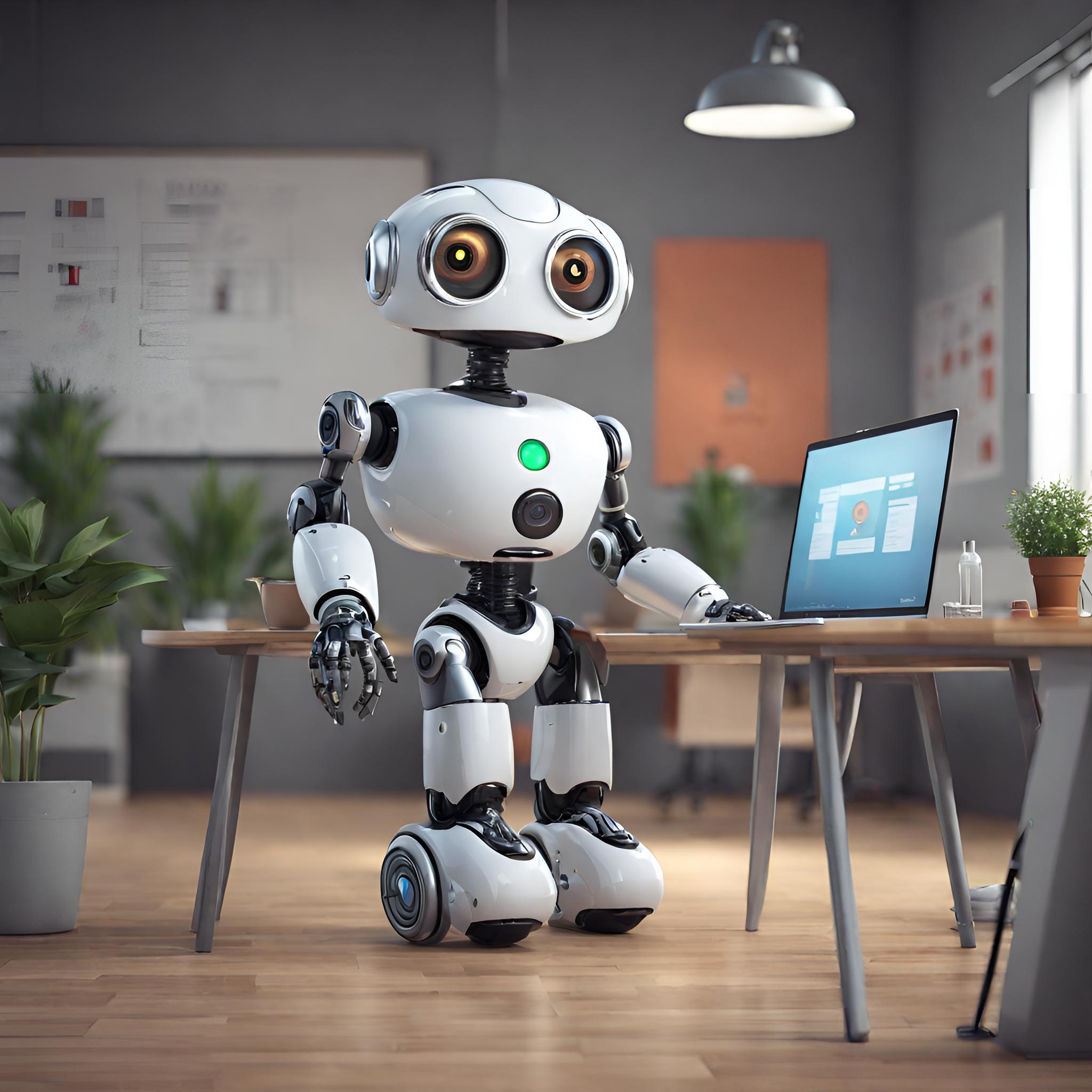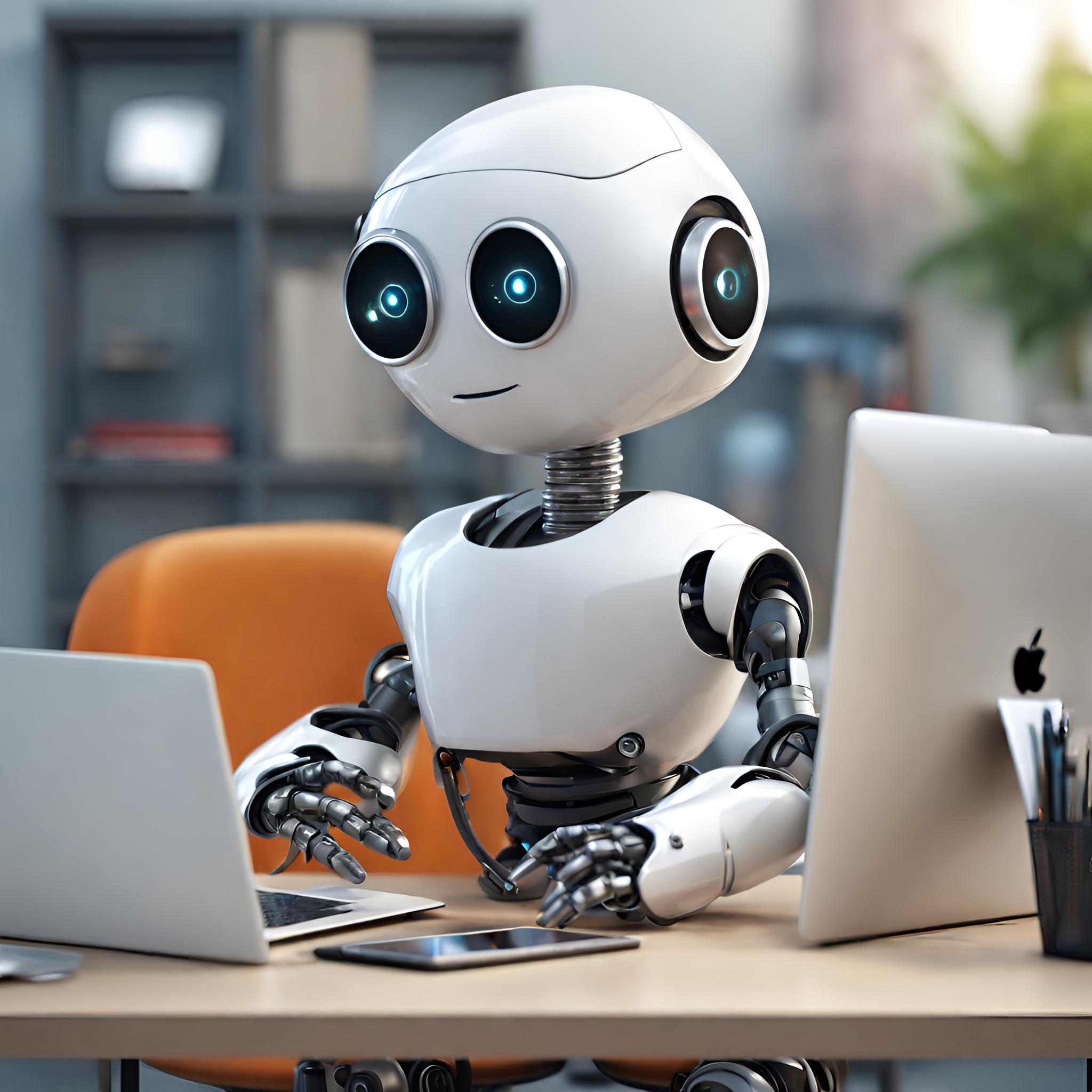AI Website Widget: Crafting Your First Chatbot

AI chatbotsof digital communication, AI chatbots have emerged as a transformative tool, enhancing customer service, streamlining inquiries, and providing 24/7 support. Whether you’re a business owner, a developer, or just a curious enthusiast, creating your own chatbot can be an exciting journey. The process involves understanding AI mechanisms, designing a personality for your bot, selecting the right development tools, and continuously improving based on feedback. Let’s delve into how you can embark on crafting your very own AI chatbot!
Step 1: Understanding the Basics of AI Chatbots
AI chatbots are essentially programs designed to simulate conversations with human users. These bots operate on a range of technologies from simple scripted sequences to advanced machine learning models. Understanding the basics means recognizing the difference between rule-based and AI-powered bots. Rule-based chatbots follow predefined pathways in conversations, while AI chatbots use natural language processing (NLP) to understand and generate responses. To start, familiarize yourself with concepts such as intents (what the user intends to communicate) and entities (specific pieces of information within the user’s message).
AI chatbots have the ability to learn and adapt, achieved through machine learning, where chatbots analyze large volumes of conversational data to better understand and respond to user queries over time. It’s crucial to grasp the importance of datasets in training your chatbot; the quality and size of your data can significantly influence its performance. Additionally, understanding the ethical implications and the need for unbiased, respectful responses is essential for responsible AI development.
Finally, the ecosystem of AI chatbots includes various integration points. These bots can be deployed on websites, social media platforms, and even within mobile apps. Each platform may have its unique set of APIs and requirements, affecting how your chatbot will interact with users. Knowing where your chatbot will live can help you tailor its design and functionality to suit the specific environment and audience.

Step 2: Designing Your Chatbot’s Personality
The personality of your chatbot plays a pivotal role in how users perceive and interact with it. A well-crafted personality can make your chatbot more relatable and engaging. Start by deciding on the tone and voice of your chatbot. Should it be formal or casual? Friendly or professional? These choices should align with your brand’s identity and the expectations of your target audience. For instance, a chatbot for a law firm might adopt a more formal tone compared to one designed for a casual gaming app.
Next, think about the persona of your chatbot. Creating a backstory, however simple, can enrich interactions and make conversations feel more natural. Does your chatbot have a name? What are its likes and dislikes? Even fictional attributes like these can help in making your chatbot more personable and memorable. Remember, the key is consistency; your chatbot’s personality traits should be coherent throughout the interactions.
Lastly, consider the emotional intelligence of your chatbot. It should be able to recognize the emotional tone of the user’s messages and respond appropriately. Empathy in responses can greatly enhance user satisfaction. Tools and scripts that enable your chatbot to handle frustrated customers differently than happy ones, for example, are invaluable in crafting a sensitive and adaptable AI.
Step 3: Choosing the Right Tools and Platforms
Selecting the appropriate tools and platforms is crucial for building and deploying your chatbot efficiently. Start with a chatbot development platform. There are numerous options available, ranging from IBM Watson and Google Dialogflow to Microsoft Bot Framework and open-source alternatives. Each platform offers different capabilities in terms of NLP, multi-language support, and integration features. Evaluate your specific needs, such as the complexity of the bot and the required scalability, to make an informed decision.
For those with coding experience, leveraging frameworks like Node.js or Python with libraries like TensorFlow or Rasa can offer more control and customization in chatbot development. These tools require a deeper understanding of programming but allow for more sophisticated functionalities and finer tuning of your bot’s conversational abilities.
Consider the deployment platform as well. Will your chatbot primarily live on a website, or do you intend to integrate it into Facebook Messenger, Slack, or another social media site? Each platform has its own set of APIs and interaction rules, which could affect the design and capabilities of your chatbot. Ensuring compatibility and optimal user experience across platforms is key.

Step 4: Testing and Improving Your Chatbot
Testing is a critical phase in the chatbot development process. Initially, you can start with unit testing and debugging to catch any logical errors in the conversation flows. As your chatbot gets more complex, involve beta testers to provide real-world interactions and feedback. Observing how users interact with your chatbot can reveal unexpected issues or areas for improvement.
Continuously collect and analyze the data from user interactions. Metrics to watch include the response accuracy, user satisfaction ratings, and the rate of successfully completed conversations. This data is invaluable for refining your chatbot. Implementing machine learning algorithms can help your chatbot learn from each interaction and progressively improve its responses.
Lastly, remain open to user feedback and be prepared to make iterative changes. The world of technology and user expectations are always evolving, and so should your chatbot. Regular updates and maintenance will keep your chatbot effective and relevant. Engaging with a community of other chatbot developers can also provide insights and inspiration for continuous improvement.
Embarking on the journey of creating your first AI chatbot can be as challenging as it is rewarding 🚀. By understanding the basics, designing a compelling personality, choosing the right tools, and committing to ongoing testing and improvement, you can develop a chatbot that not only performs well but also genuinely engages and satisfies users. Remember, every great innovation starts with a single step. Happy coding, and here’s to your success in the exciting world of AI chatbots! 🤖🎉




